Introduction – Sustainable Christmas Presents
It’s been years since I sent Christmas presents to my siblings. We live in Australia, the UK and the US respectively, and since we started having kids ourselves they have become the focus of gifts.
The tradition of giving each other unneeded tat ended quite abruptly. One year my sister, knowing that there was literally nothing of use she could buy my brother, decided to buy him the famous Oxfam goat.
I thought this was both hilarious and lovely. So as Christmas approaches this year, I’ve put together a list of relatively cheap things we can give that have an impact well beyond Christmas. We have a more detailed guide to eco-friendly gifts in the spirit of carbon reduction for all gift recipient segments including men, women and children. Christmas time is also a time of decorations which tend to be disposable. Christmas trees are one of the bigger items, which has spurred many people to look for environmentally friendly Christmas trees.
I also love the idea that the best gift I’ll give this Christmas is to someone I don’t know and will never meet. It feels oh so Christmassy 😉
5: Make It Rain
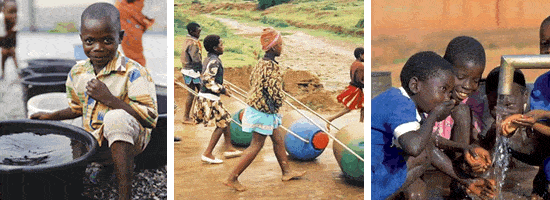
Giving some seeds, a chicken or a goat to a poorer family is a cool idea, but it’s not much help unless they have decent access to water. 780 million people around the world lack access to safe drinking water. Access to water and sanitation has improved greatly since 1990, but there is loads to do.
Charity: Water have private donors covering all their costs, so anything you give to them goes 100% into projects on the ground.
4: Send A Bike
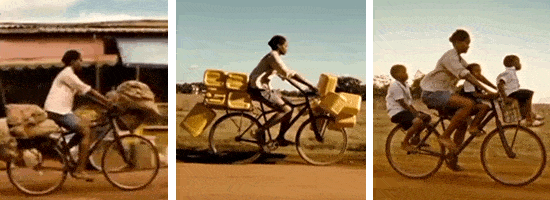
The best hour of TV I watched this year was a talk/documentary by Hans Rosling called Don’t Panic – The Truth About Population. To illuminate the statistics Rosling added some real life stories showing how poor families were working their way out of extreme poverty.
The story of Andrea and Olivia buying their first bike was just magic. That one bike was a school bus, a water truck, an ambulance and a way to transport crops to market . . . It was literally a vehicle to help them improve their own lives.
The bike charity I know of is Re-Cycle in the UK. They take donations of good quality bikes or cash to help ship them. Other groups like this exist elsewhere.
3: Cast A Net
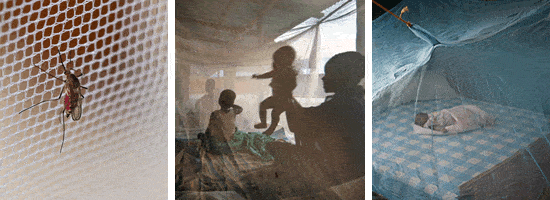
Back when I was studying economics I did a unit on assessing the health benefits of various drugs and technologies. We used one of those awful acronyms, the QUALY (quality adjusted life year) to compare costs and benefits. I remember quite clearly how well the humble seat belt stacked in terms of huge benefits for a small investment.
I suspect a well deployed mosquito net would make a seat belt look like a boondoggle in the QUALY stakes. Netsforlife seem to do some great work with them.
2: Shine A Light
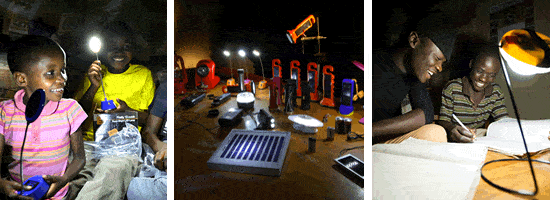
1.2 billion people around the world lack access to electricity in their homes. Half of these are in Sub-Saharan Africa. Properly electrifying Africa’s rural population will take decades, but things can be improved well before grids arrive.
For just $10 you can provide a home with a simple solar light that charges in the day and lights at night. Such lights typically displace kerosene lamps that are hugely expensive for families to fuel, emit harmful fumes and are a source of black carbon.
The charity I have used for these is SolarAid. I like their model because they sell the lights rather than give them away, making sure your buck goes further and the lights are well used.
1: Clear The Air
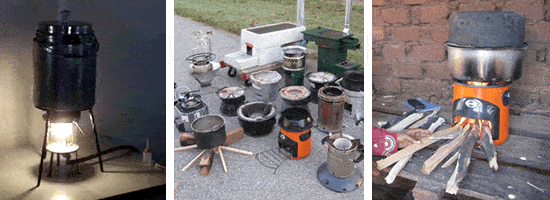
I’ve been to a few African countries for work. My favorite by a distance was Tanzania. Tanzanians’ are incredibly welcoming and embarrassingly generous given their means. I’ve been dined with what looked like a banquet while my hosts tucked into a plate of plain Ugali around the corner.
In Tanzania 78% of homes use wood for cooking, a further 19% use charcoal. They are part of the 3 billion people world-wide who use wood for cooking and heating in cookstoves or open fires. 4 million of these people die prematurely each year as a result of smoke exposure, predominantly women and kids.
This Christmas, I’ll be donating what spare cash I can to the Clean Cookstove Alliance. A clean cookstove can be any number of technologies that provides a cost-effective and functional solution to local cooking needs whilst addressing the pollution problems of traditional cooking methods. This could be using biomass, alcohol, gas, electricity, solar . . .
I like the alliance because it is looking at the whole picture: demand, supply, education, technology, standards . . . It’s a big problem, and they are pushing for a big market based solution that is technology neutral.
On the ground in Tanzania clean cookstoves improve air quality, reduce time spent collecting fuel, reduce carbon emissions and slow deforestation. That is what I call clean tech!
Lindsay Wilson
I founded Shrink That Footprint in November 2012, after a long period of research. For many years I have calculated, studied and worked with carbon footprints, and Shrink That Footprint is that interest come to life.
I have an Economics degree from UCL, have previously worked as an energy efficiency analyst at BNEF and continue to work as a strategy consultant at Maneas. I have consulted to numerous clients in energy and finance, as well as the World Economic Forum.
When I’m not crunching carbon footprints you’ll often find me helping my two year old son tend to the tomatoes, salad and peppers growing in our upcycled greenhouse.
